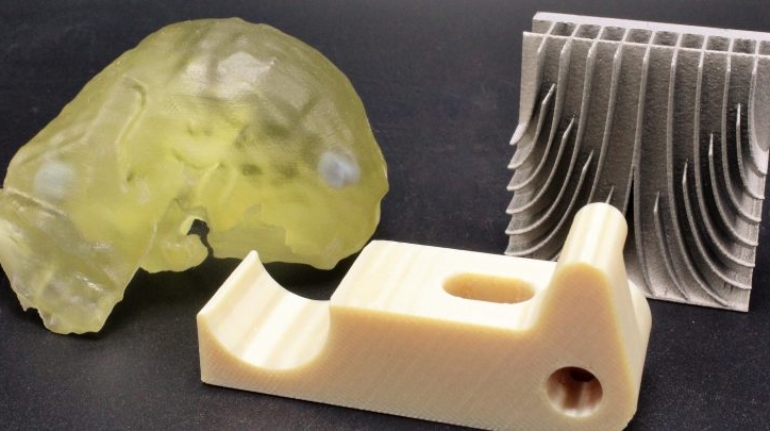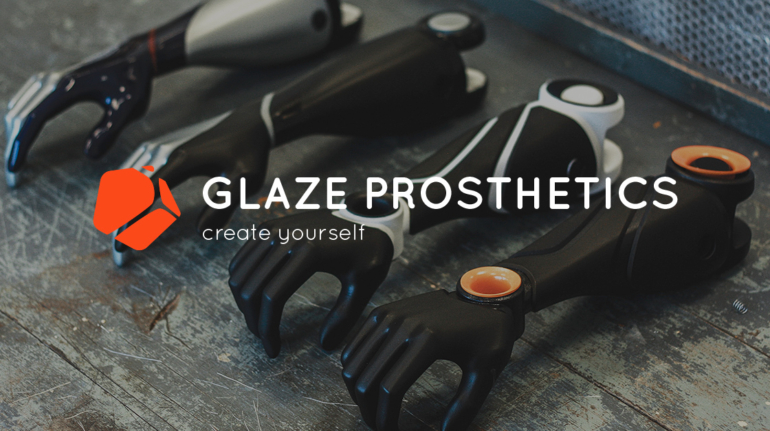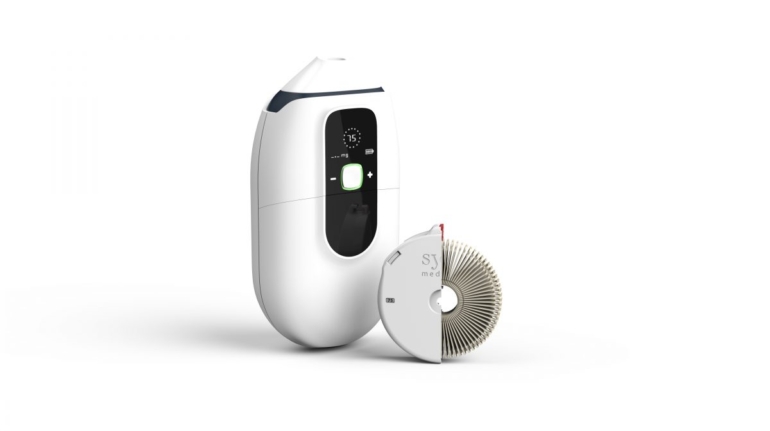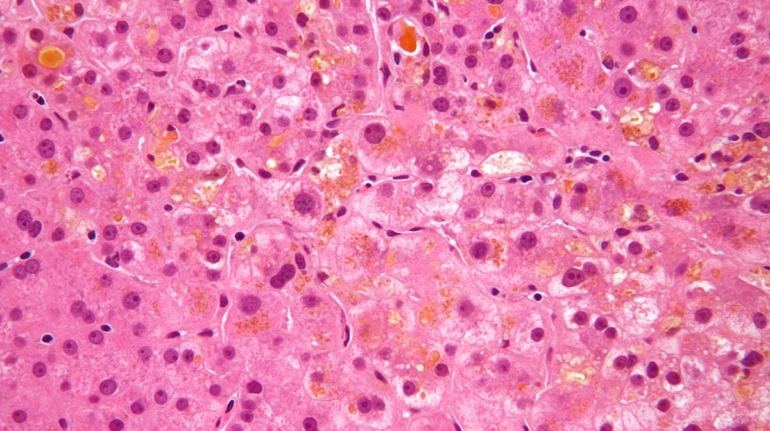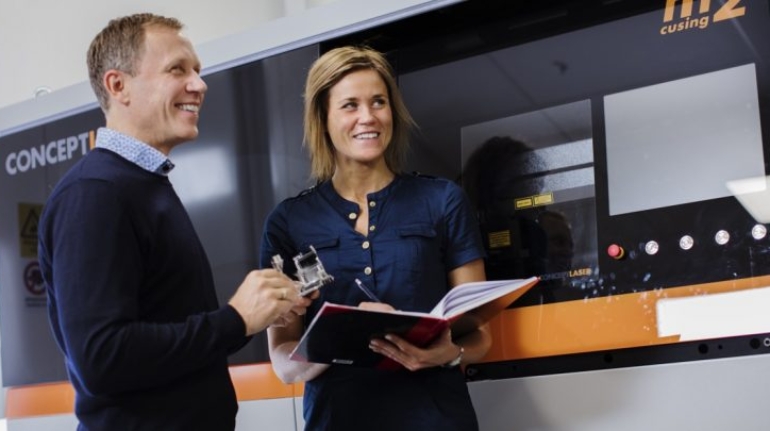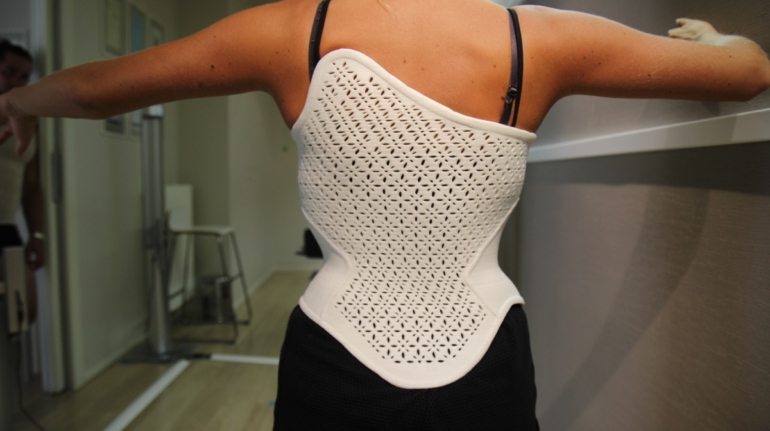Additive Manufacturing Strategies: Summit on the Future of 3D Printing in Medicine and Dentistry 3D Printing Events
Medicine and dentistry are two key applications for 3D printing, presenting an unparalleled potential for next-generation solutions for patients while also streamlining operations from the providers’ perspective. To better understand the potential of bringing 3D printing into medicine and dentistry, 3DPrint.com are teaming up with SmarTech Markets Publishing, the leading provider of industry analysis and market forecasts for the 3D printing/additive manufacturing industry, to present Additive Manufacturing Strategies.


